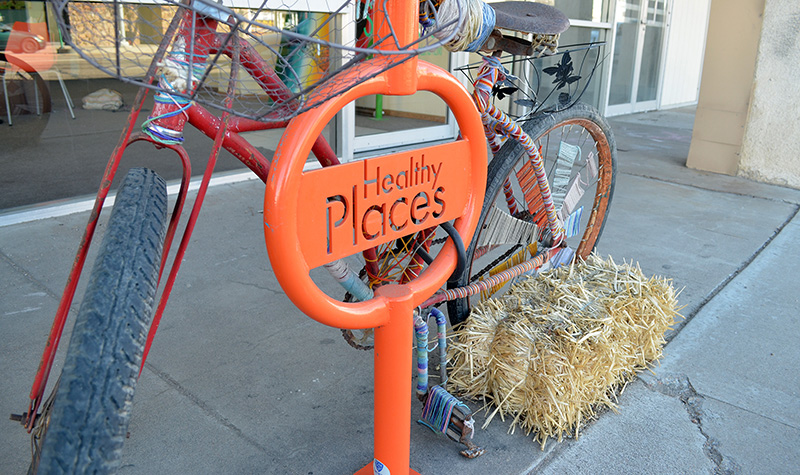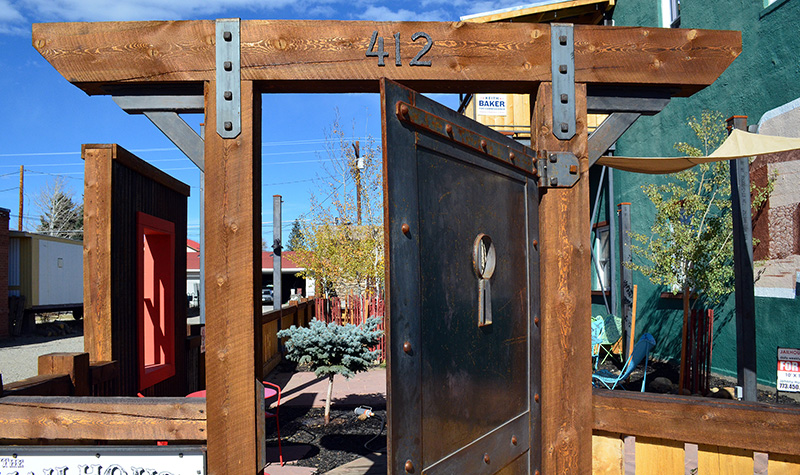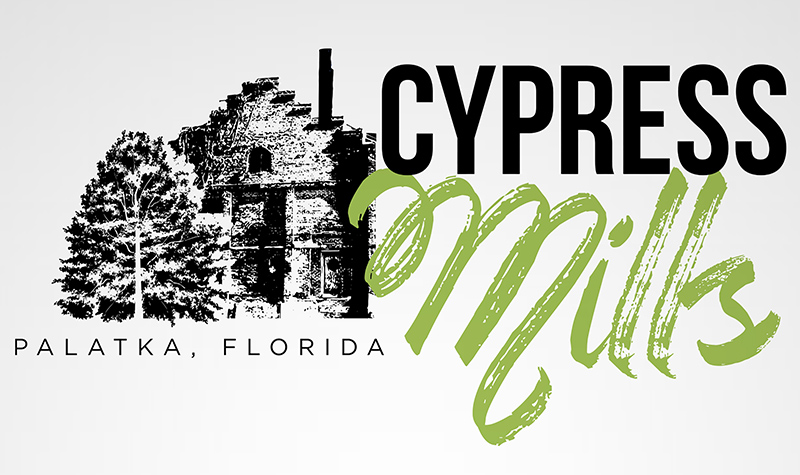Storytelling Campaigns Spur Brownfield Redevelopment
It’s part of human nature to love a good story. Stories bring us together, spark ideas, and activate people’s imaginations, all of which are needed to transform an unloved and unlovely brownfield into a vibrant new community centerpiece. Brownfields often sit vacant because they are daunting and complex, easier to be ignored than tackled. A vivid storytelling campaign that uses primary resources, first-person accounts, and visual assets that demonstrate both the past AND future of a site as part of a narrative can catalyze community involvement in the redevelopment process. Better stories trigger progress, elicit better partnerships, and result in better outcomes. So how can you find and tell your story?

About the Expert:
Matt Ashby, a certified urban planner, helps communities nationwide tell their stories and bring new life to blighted properties.
Understanding Motivation
Among the most important things to understand when creating your story are the motivations of your stakeholders. For example, understanding that property owners’ motivations are different from elected officials’ is critical to crafting a motivating narrative. In our experience, the main groups of folks you’ll be working with are:
- Elected officials: Generally focused on ECONOMIC IMPACT, with concerns and hopes about jobs, sales and property tax, blight removal, and their general legacy.
- Property owners: Concerned with their FAMILY LEGACY, with a focus on property value, resale potential, lease rates, free money, clean bill of health, and what kind of inheritance they’ll leave behind.
- Developers or investors: FEAR MISSING OUT. They want to know about return on investment, neighborhood potential, land value, lease rates, and market demand.
- Residents: Want SOMETHING TO LOVE. They’re interested in livability, sense of place, neighborhood character, blight elimination, qualify of life, and amenities.
- Grantors: Want above all to see the MONEY WELL SPENT. They want results, shareable information, groundbreaking ceremonies, and stories that show that.
Knowing what your audience cares about and framing the redevelopment in those terms will help you craft a story that draws people in. (For a peek at our approach to storytelling and tailoring communication to the right audience, check out this article: The Pointy End of the Pickaxe
Once Upon a Time: Finding the Details of Your Story
Identifying the “vibe” of your community and weaving it into a story is critical for broad-based support for any type of redevelopment project. One of the best ways to get people excited about a story is to involve them in it. Engagement processes that are geared toward finding out what people care about and tailoring activities to meet that end rather than checking the box on another boring public meeting is a great way to get folks involved. People want to tell you what they think their community is all about!
 Downtowns are what make one community stand out from the next, and we’ve yet to work with a community that doesn’t have something that makes them stand apart, whether it’s the legacy of a hardscrabble community overcoming adversity, a fascinating history of heroes and scoundrels, an artistic haven where people flock for creative pursuits … the list goes on and on. Because your residents may have different priorities than developers, you may get several versions of your community’s story, and that’s actually a positive: Ultimately, listening to a broad swath of your community will result in a richer, more compelling tale.
Downtowns are what make one community stand out from the next, and we’ve yet to work with a community that doesn’t have something that makes them stand apart, whether it’s the legacy of a hardscrabble community overcoming adversity, a fascinating history of heroes and scoundrels, an artistic haven where people flock for creative pursuits … the list goes on and on. Because your residents may have different priorities than developers, you may get several versions of your community’s story, and that’s actually a positive: Ultimately, listening to a broad swath of your community will result in a richer, more compelling tale.
I Can See It Now: Showing Your Future Story
Once you understand your stakeholders and have your past story established, you can captivate excitement and imagination with the future. Creating a fresh start in people’s minds for a brownfield site or blighted area often takes creation of visual representation of what can be. Videos and fly-throughs not only capture attention of your officials, community residents, property owners, and potential developers, but they also help translate complex technical concepts and abstract ideas into straightforward visuals that are easily understood by most. By using these tools, you can begin to create a new narrative or story about a site that deserves a fresh start.
A community that gets emotionally invested in a catalyst site or district will get their hands a little dirty and go the extra mile, and you’re ultimately left with revitalized sites that are a reflection and celebration of a real community.
Contact Matt Ashby to help your community begin to tell its story.

 By
By 
Post a comment: